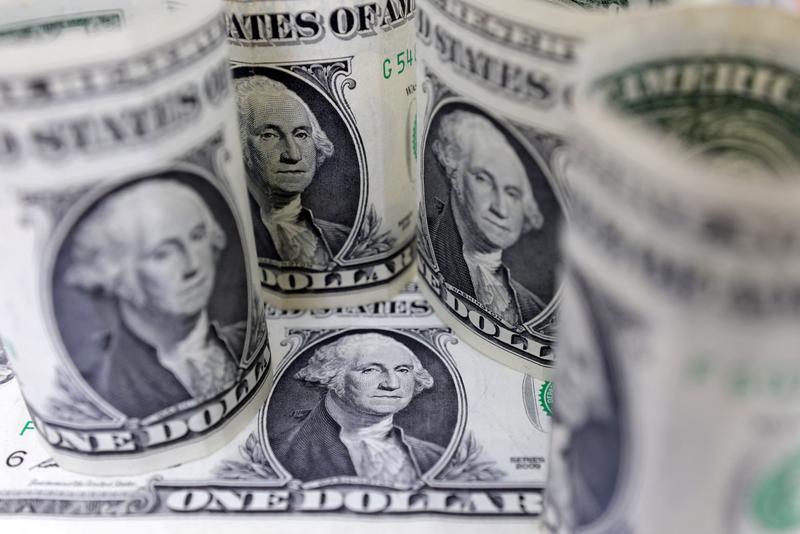2 Min Read
(Reuters) - U.S. Federal Aviation Administration (FAA) chief Steve Dickson confirmed on Wednesday the agency will not allow Boeing Co’s grounded 737 MAX, involved in two fatal crashes in five months, to resume flying before the end of 2019.
“I am not going to sign off on this aircraft until all FAA technical reviews are complete, I fly it myself using my experience as an Air Force and commercial pilot, and I am satisfied that I would put my own family on it without a second thought,” Dickson said at a hearing.
Following are some of the key steps that Dickson said still need to take place before he approves the 737 MAX to return to the skies.
* A certification test flight with Boeing’s 737 MAX updates on flight-control software and other revisions meant to add layers of protection.
* An evaluation of pilot training needs by a Joint Operations Evaluation Board, made up of the FAA’s Flight Standardization Board and partners from Canada, Europe, and Brazil.
* A report from the FAA’s Flight Standardization Board on the JOEB’s findings. The report will be made available for public review, allowing airlines to propose changes.
* An independent review of changes Boeing is making to the B737 MAX flight control system by a Technical Advisory Board (TAB) made up of experts from the FAA, NASA, the Air Force and the Volpe Center including test pilots, aerospace engineers and chief scientists with backgrounds in flight controls, flight operations, simulators, human factors, computer systems and software, flight standards and safety.
* An FAA review of all final 737 MAX design documentation, which also will be reviewed by the TAB.
* A Continued Airworthiness Notification from the FAA to the international community about pending safety actions on the 737 MAX.
* An Airworthiness Directive from the FAA spelling out the steps that airplane operators must take with their 737 MAX fleets.
Reporting by Tracy Rucinski; Editing by Nick Zieminski





